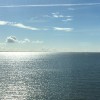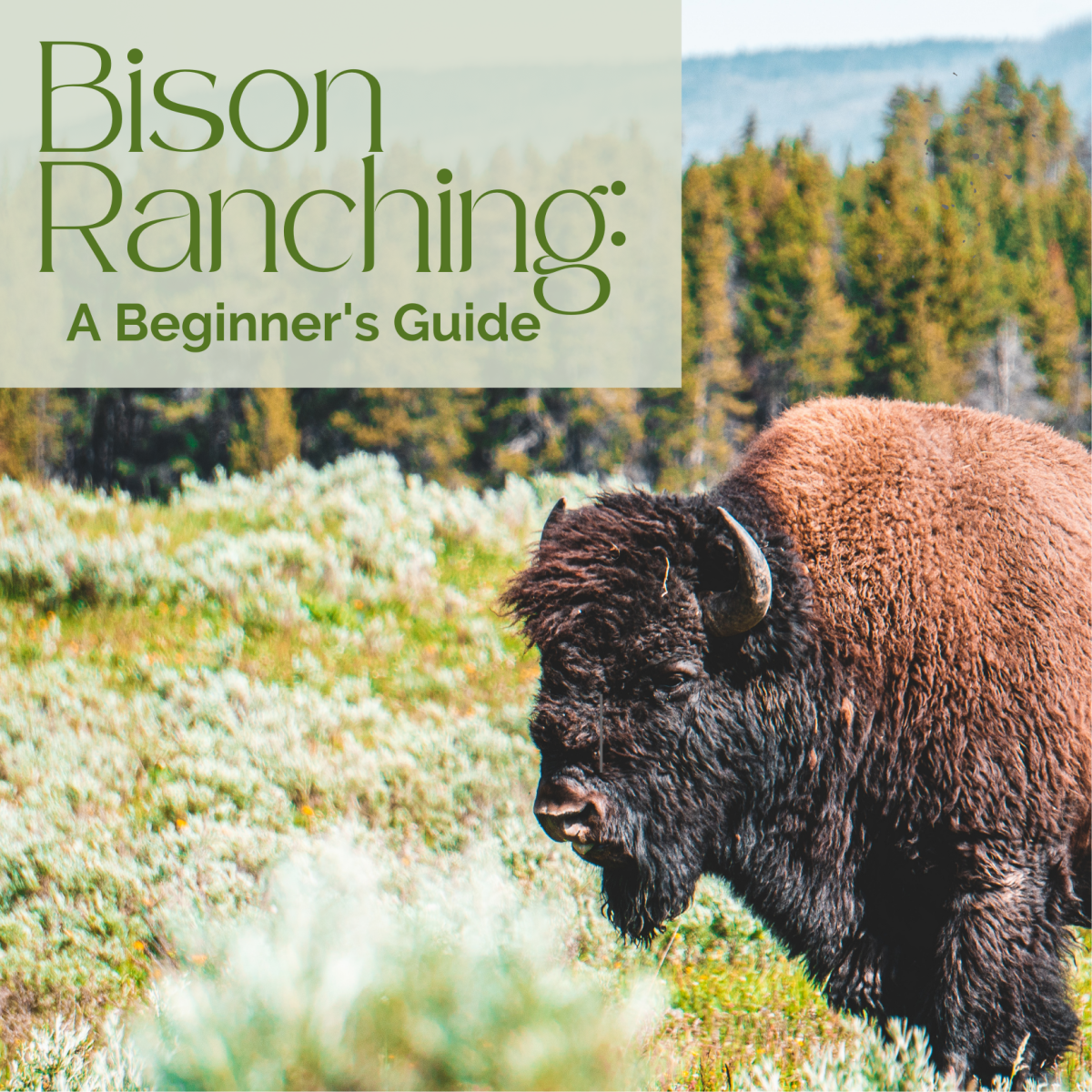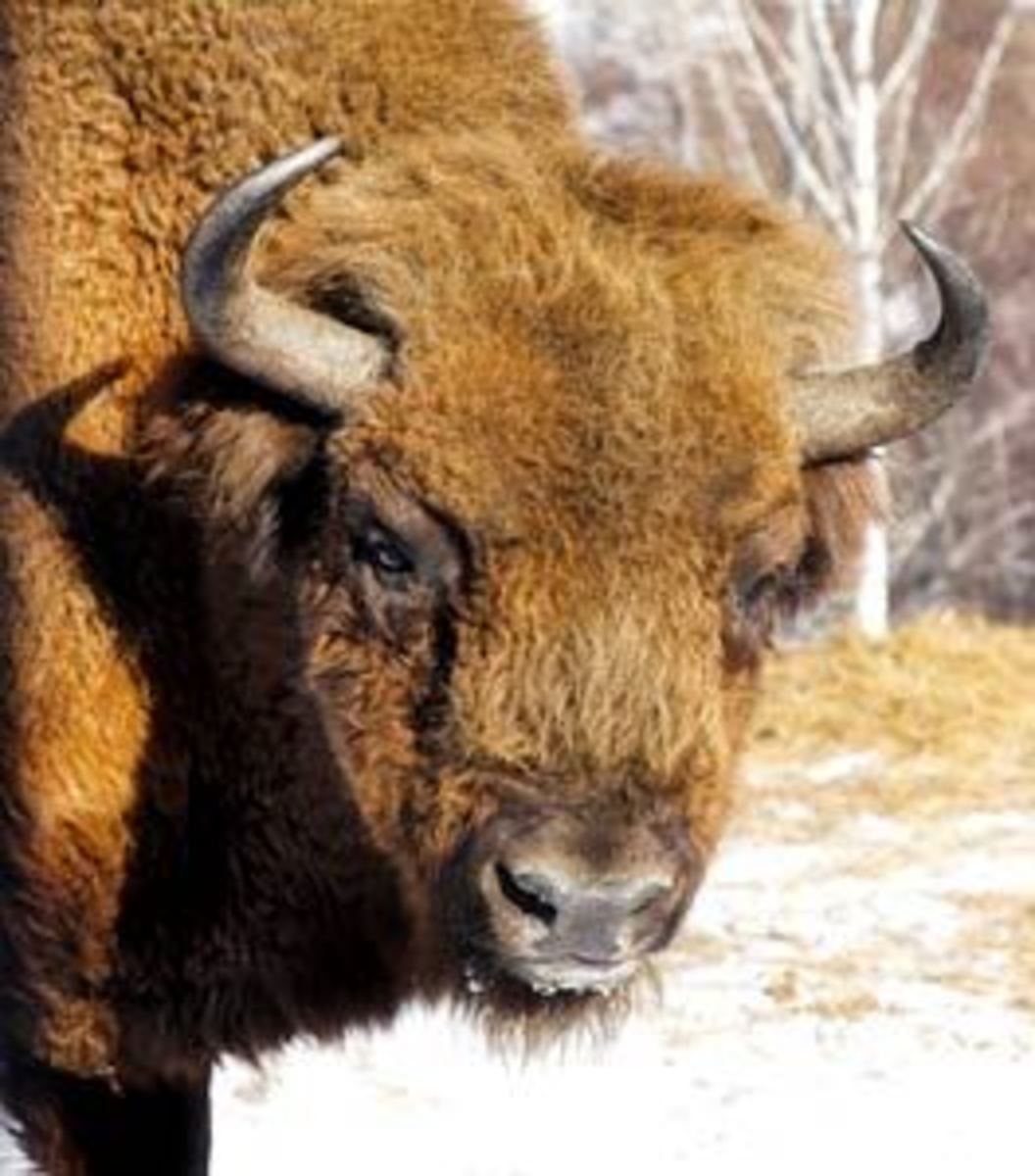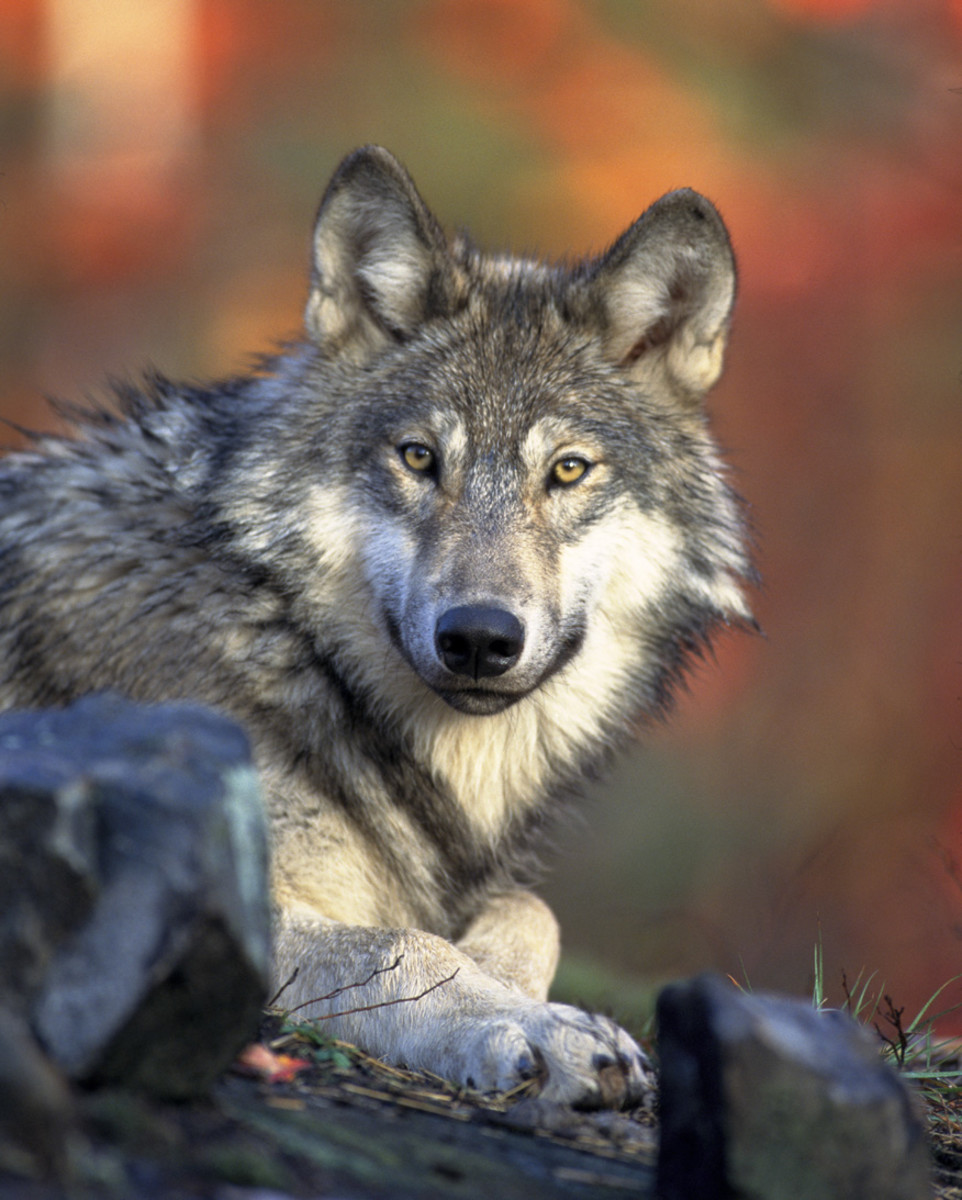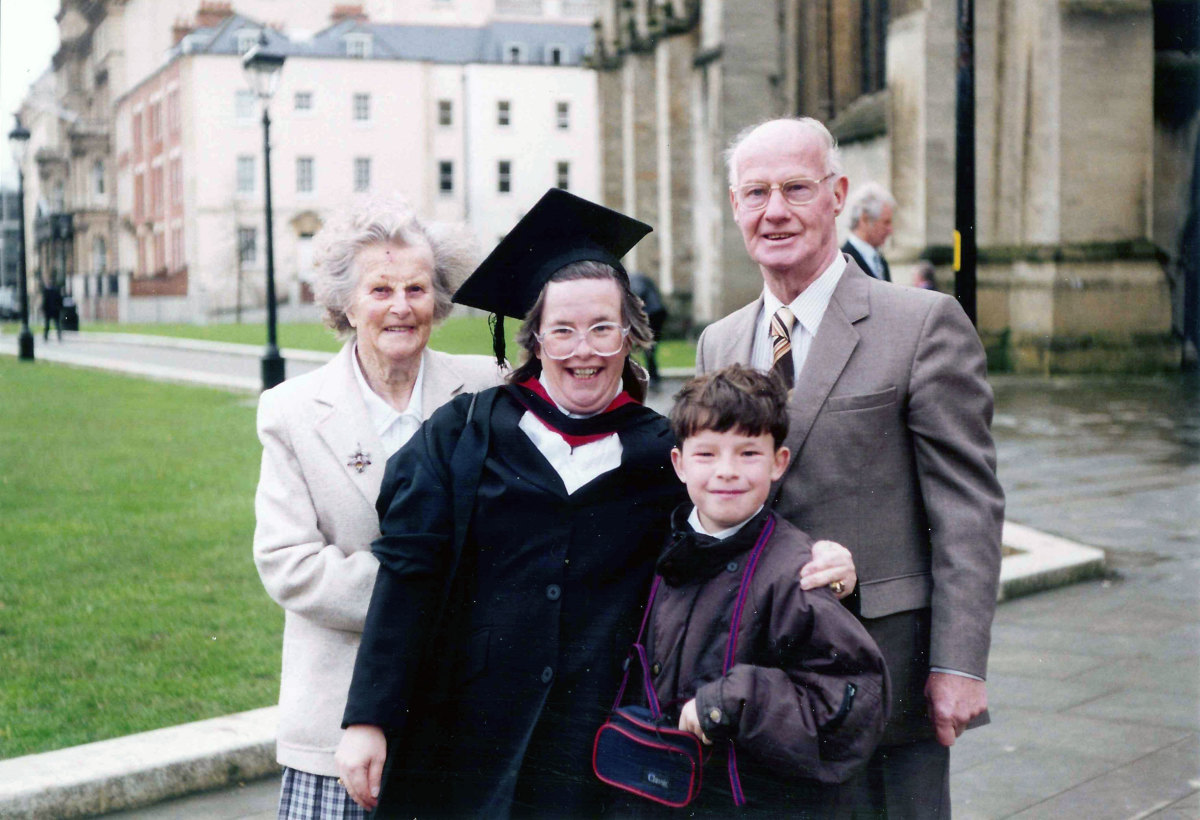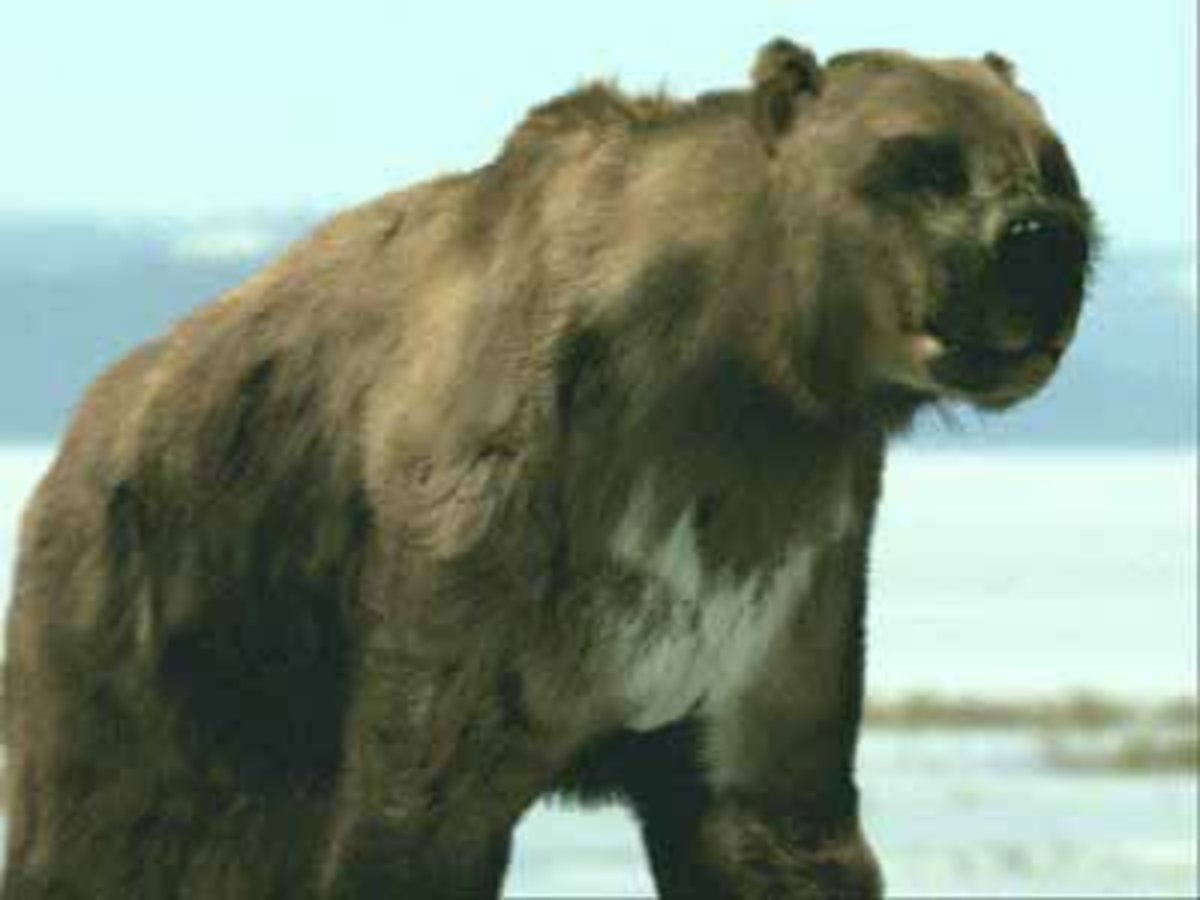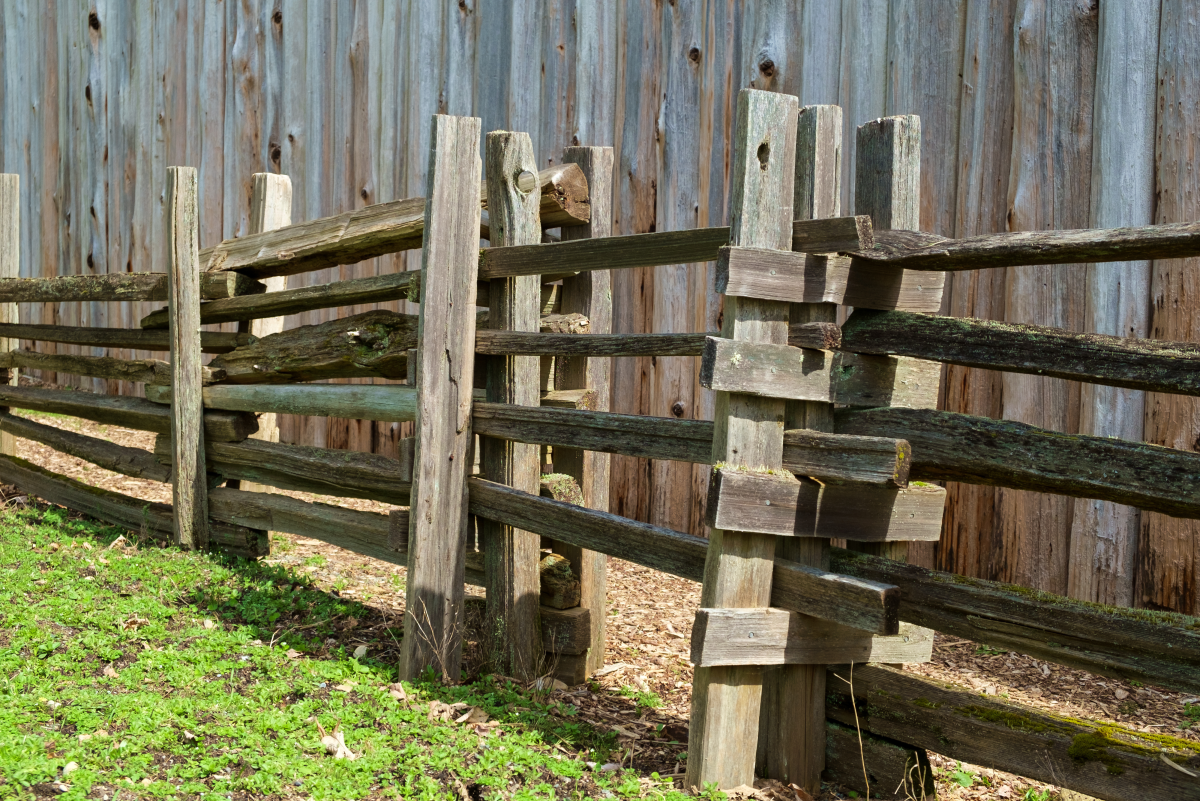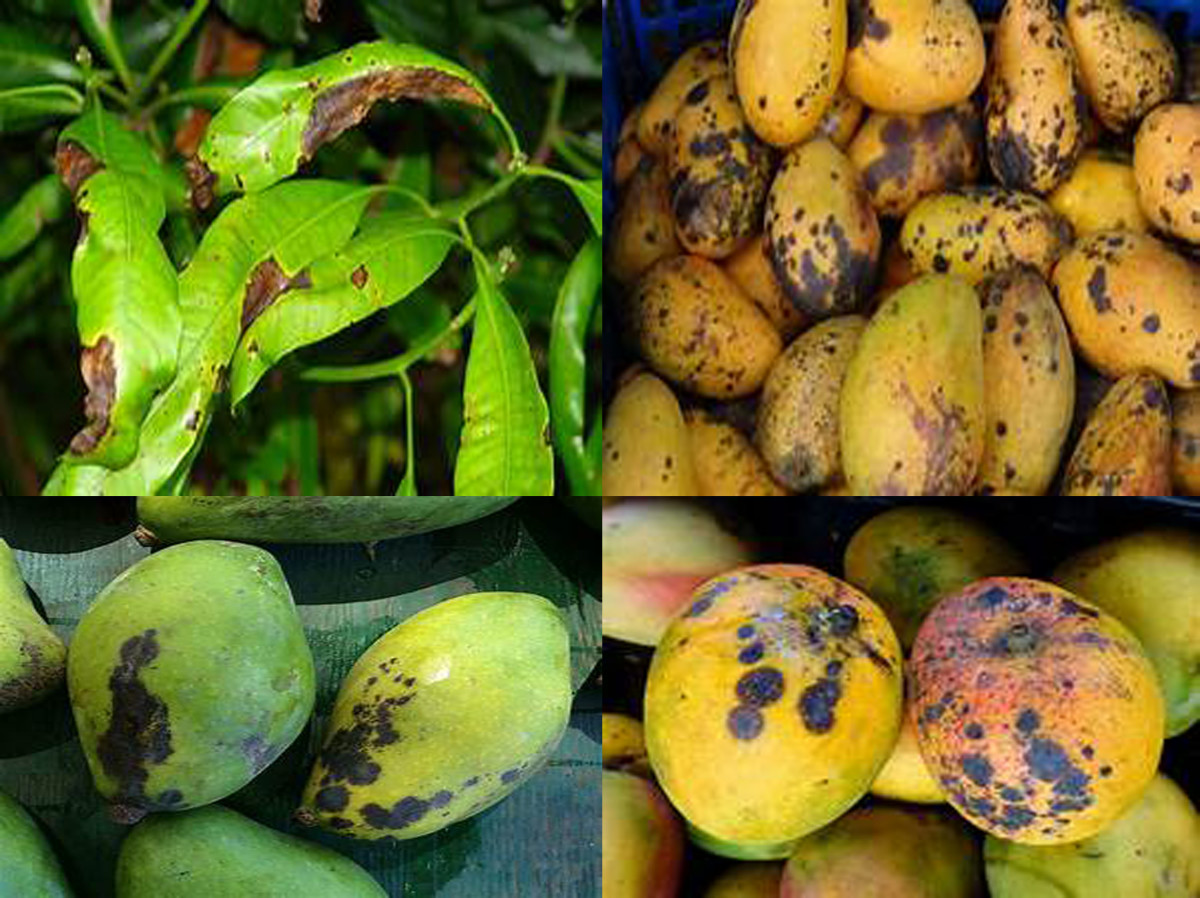Should Bison Replace Beef?
After the American Civil War, the US government sponsored the elimination of bison to help get rid of native Americans
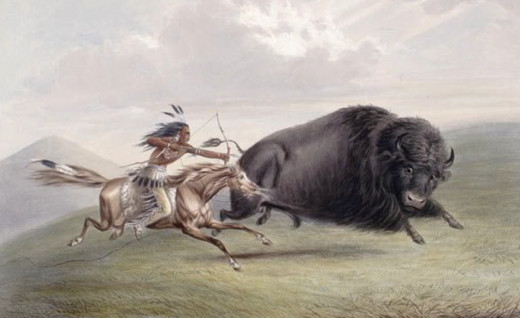
More Americans than ever before are interested in re-wilding: the prairie dog & plains ferrets will not be the only wildlife to return with bison
By the close of the Ice age around 10,000 years ago, the savannahs of perennial grasses across North America were the largest on earth rivalling African savannahs both in size and the range of wild animals (the grassland steppes in Eurasia though large die back in winter). There were mastodon elephants, mammoths, rhinos, sabre toothed tigers, American cheetahs, dire wolves, horses, camels, llamas, giant short faced bears, giant beavers and enormous birds of prey. The largest of these mammals probably attained ten tonnes. No one knows exactly why this striking diversity disappeared almost abruptly around that time. It seems likely that the cause is at least partly anthropogenic. Some scientists are active proponents of this disputed Overkill hypothesis.
The Pleistocene megafauna included two species of bison, of which the sole survivor is now the American bison (Bison bison), a poor substitute in size for its giant antecedents. At around one tonne, the American bison is North America’s largest mammal. Similarly, its relative, the “European” bison remains temperate Eurasia’s largest mammal. The ancestors of the bison to the Americas came from Asia. Indeed, a frozen body of the ancestral relative has been found. These animals had longer horns than the present form and are believed to have gathered in smaller herds, being more aggressive. Human hunting has been strongly implicated in the evolution of the modern bison – some of its appearance and tendency to form large herds was probably selected for by human hunters.
Until very recently, the great plains still remained the largest perennial grassland on earth, changing from tall grass prairie in what is now the eastern USA to short grass prairie towards the drier west. Steve Nicholls in Paradise Found (listed below) provides much of the detail here regarding this ocean of grass, in reality a shifting mosaic of related biotas varying according to season and the balance of grazers.
The commonest mammalian citizen of the plains was the Black-tailed prairie dog. In 1902 one Texan dog city was estimated to cover an area 100 by 250 miles with perhaps 400 million squirrels. The modern extent of these ground squirrels is thought to be around 1% of the former range. At one time there may have been five billion of this species. Prairie dog cities supported countless birds, mammals and reptiles that either lived in their burrows, ate them or profited from their mowing that encouraged new and more tender growth. Notable beneficiaries included the Bison that preferred to graze around dog towns. Once specialised predator of the prairie dog was the Black-footed ferret. With the demise of the prairie dog, these ferrets became all but extinct and are maintained in captive collections. A bird that migrated in vast numbers over the plains, the Eskimo curlew was wiped out as a result of hunting pressure from European settlers.
The famous expedition by Lewis and Clark to the great plains around 1803 testify to its spectacle, epitomised by the bison:
“This scenery already rich pleasing and beautiful was still farther heightened by immence herds of Buffaloe, deer Elk and Antelopes which we saw in every direction feeding on the hills and plains. I do not think I exagerate when I estimate the number of Buffaloe which could be comprehended at one view to amount to 3000.”
The sea of grass became a sea of buffalo. Lewis and Clark again saw 20,000 from a hill. Later in 1869 a pioneer settler in Kansas noted a herd at least 20 miles wide (“we never saw the other side”) and 60 miles long and in 1871 Colonel Dodge came across a herd that passed by for almost a whole day. Conservative estimates suggest that there were at least 30 million buffalo although it could have been double that. This was an astonishing amount of biomass roaming the plains. The nearest you can now get to it is the relatively small herd in Custer State Park, South Dakota used in the filming of the film Dances with Wolves.
We can’t really now grasp the immensity of the scale of the herds and their impact. You could hear their thunder long before they came (as you can now). Perhaps you would have seen the dust in the distance and the roar of their hooves and calls, now imagine hundreds of them in mid gallop. The herds of African wildebeest (we’re still lucky enough to have them, but for how long?) some 2-3 million strong present a tremendous vista, during their migrations but individual bison were up to four times larger by weight. The best we can say is, you would have had to watch for weeks to take in the full spectacle of a herd of bison, from one horizon to another. It might have been a joy for the plains Native Americans who hunted them.
By the 1850s the bison was facing a catastrophic decline. The westwards push of European civilization had driven increasing numbers of native Americans and their tribes onto the plains. Some of these tribes were in conflict and bison were commonest in no go areas between warring tribes. European pressure forced the Indians to make peace and hunting on the bison increased. Since the arrival of the Spanish, bison hunting had shifted from chase and kill to raiding the herds on horseback. It is widely assumed that the Indians still had little impact on the Bison herds hunting this way, a livelihood that became a mainstay on the plains. Young bison cows were the most favoured.
When however, a market was created for bison products and railroads came in, the herds and the Great Plains were doomed. There was a market for bison hide, initially supplied by Indians and later turned into an industry. Bison leather was stronger and superior to that of domestic cattle and belts of this leather turned the wheels of emerging industry. The notion that bison herds were deliberately wiped out to deprive and denude Indian populations only has limited support. It was more the rise of a mechanised land grab that converted the plains into larger and larger cornfields and cattle ranches and the conversion of living bison to commodity products, or at least some parts of their bodies and also “sport” for marksmen including European kings and princes. As George Catlin wrote:
“This profligate waste of the lives of these noble and useful animals, when … not a skin or a pound of the meat (except the tongues), was brought in, fully supports me in the seemingly extravagant predictions that I have made as to their extinction, which I am certain is near at hand.”
The bison did not have friends in high places. In the 1870s bills were proposed to protect the bison that were never taken up. President Grant personally vetoed some. Historian Frances Parkman and Grant’s interior secretary Columbus Delano disapproved of the bison and seemed to relish the prospect of the bison’s imminent annihilation. Delano stated “The civilization of the Indian is impossible while the buffalo remains upon the plains.”
By 1902 there were only about 20 US wild bison left along the Pelican Creek. Private herds were built up by ranchers such as Charles Allard and Michael Pablo sympathetic to the great beasts and around 1908 thanks to the efforts of the National Bison Society, president Roosevelt signed a bill to actively increase the wild herds.
During this time however, not only did the bison disappear but also the largest savannah on earth, transformed into agricultural land and cattle ranching. It would be impossible to return to large wild herds of bison, given that the great plains only exist in fragments now. With their demise have gone the prairie dogs and a suite of other creatures and plants the plains supported in relative abundance from pronghorns to condors.
Author Jeremy Rifkin in his book Beyond Beef, the rise and fall of cattle culture, describes how much of the great plains were acquired rather deceitfully by agricultural interests and how the US government was duped into selling off or giving away vast tracts of land on the cheap or free of charge. Unlike the original long horned cattle that took over the plains, the short horned ones that followed were more inimical to them needing a more gentle pasture for sustenance as well as grain, to generate their fatty, marbled beef. Indeed, much of the grain from the plains goes to creating beef. These cattle had an adverse impact on the streams and vegetation and encouraged the control of “pest” species such as the prairie dog – ranchers have been long destroying them.
Although bison are classified into that nominal genus they have also been placed in the genus Bos, the one cattle belong to. Bison can interbreed with cattle and they represent a species of cattle uniquely adapted for life on the plains and suitable forests in north America. Unlike cattle, bison can tolerate and benefit from the varied herbage, forbs and wild animals that are part of the once great plains ecosystem, such as the black-tailed prairie-dog.
There is now a movement to facilitate more of the biodiversity of the plains including the bison. The best way to bring back bison into the plains, is if we decided to move away from domesticated beef (an alien species) and think about eating the leaner beef from bison. Modern man lives off an increasingly limited stock of animals and plants – you could count off the farmed animals we utilise with your fingers: pigs, beef, sheep, goats, cattle, chicken, domestic ducks and turkey probably provide most of the world’s terrestrially sourced protein, certainly so in Europe and North America. There is a strong argument to harmonise our relationship with the Earth and its ecosystems by creating space for yet more organisms to thrive alongside us symbiotically as it were. Alternative meats include various freshwater turtles that can be farmed, guinea pigs, kangaroo and bison. Above all, these alternatives have to be just as efficient and cost effective in converting garbage and cellulose to flesh or more so. They would also have to be more in harmony with the environment, needing less input such fresh water or corn.
Despite the title of Rifkin’s book cattle culture is not on the wane. Our demand for beef is driving the desertification of land in south America. The processes that destroyed the Great Plains via cattle are now destroying the Amazonian rainforest. In the UK it is now impossible to buy a can of corned beef not originating in S. America. Beef is very inefficient to produce in terms of amount of meat per land area used, chickens in this respect are far better. Beef production takes up huge amounts of water and has ended up destroying tremendous ecosystems. This destruction still continues, as we demand cheap hamburgers and processed beef food. This destruction is adding to global warming and the disappearance of thousands of species of animals and plants. It will contribute to the greatest river on earth perhaps turning into a trickle as the forests go, diminishing the earth’s capacity to mitigate the vast increases of carbon dioxide that we are creating and the changes in climate produced thereby.
It’s high time we urgently seek alternatives to beef produced in sensitive environments for the sake of vanishing or vanished ecosystems. Alternatives that need less input and are more in harmony with the environment. By farming bison, even if they are fed on a little grain, some of the characters of the Great Plains could be restored. Some of those wild animals could return. At the moment the market for bison flesh is limited. I would love to try some, even though I live in the UK. I would like to promote the sustainable production of bison beef for the sake of expanding the contracted biodiversity of North America. You only have to look on the internet to find out about how to farm bison and perhaps where to seek products. It is one small step to ameliorate the pillage of what was once the greatest savannah on earth.
Major Reference:
Nicholls, Steve. Paradise Found - Nature in America at the Time of Discovery. Chicago & London: University of Chicago Press, 2009.
